This post, which presents some of the larger new birds I saw in Uganda, is a continuation of the previous that focused on smaller species.
As I usually do, I spent some time just after my arrival in the capital trying to quickly make observations of any of the common urban birds I may not have previously seen. Kampala proved to be a very birdy city, but I was quickly struck by its extraordinary and eclectic collection of birds-about-town. Pied Crows were mundane enough, but there were also very large numbers of Cattle Egrets, Hadada Ibises, and, most surprisingly, Marabou Storks. Imagine replacing your city’s House Sparrows with said Stork, perhaps the least esthetically pleasing bird species on Earth! However, none of those species were new to me. Nevertheless, I did have a great observation while I was in the city. One morning, as I was walking to breakfast I glanced up into a big tree on the grounds of the city-center hotel where I was staying, and saw a beautiful pair of birds sitting right out in the open. Of course, I didn’t have my camera with me and, after dashing back, a considerable distance, to get it, they had repositioned to a less ideal branch. However, they were still around: Ross’s Turaco, certainly a excellent start to my time in Uganda.
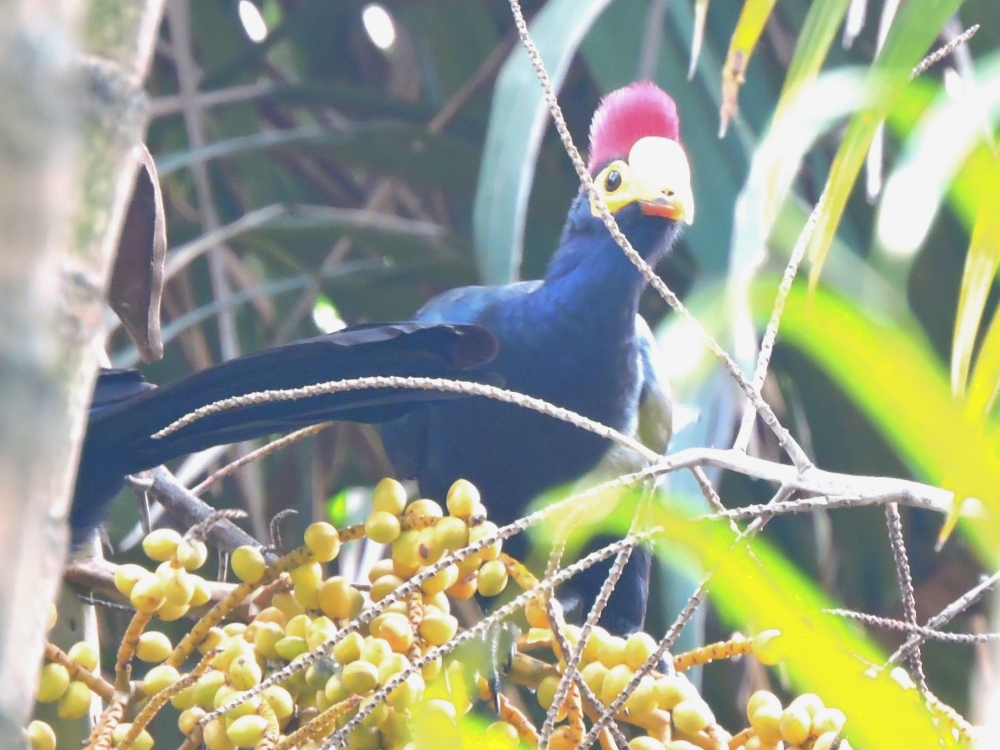
Two other, less colorful, Turacos were also appreciated, Bare-Faced Go-Away-Bird…
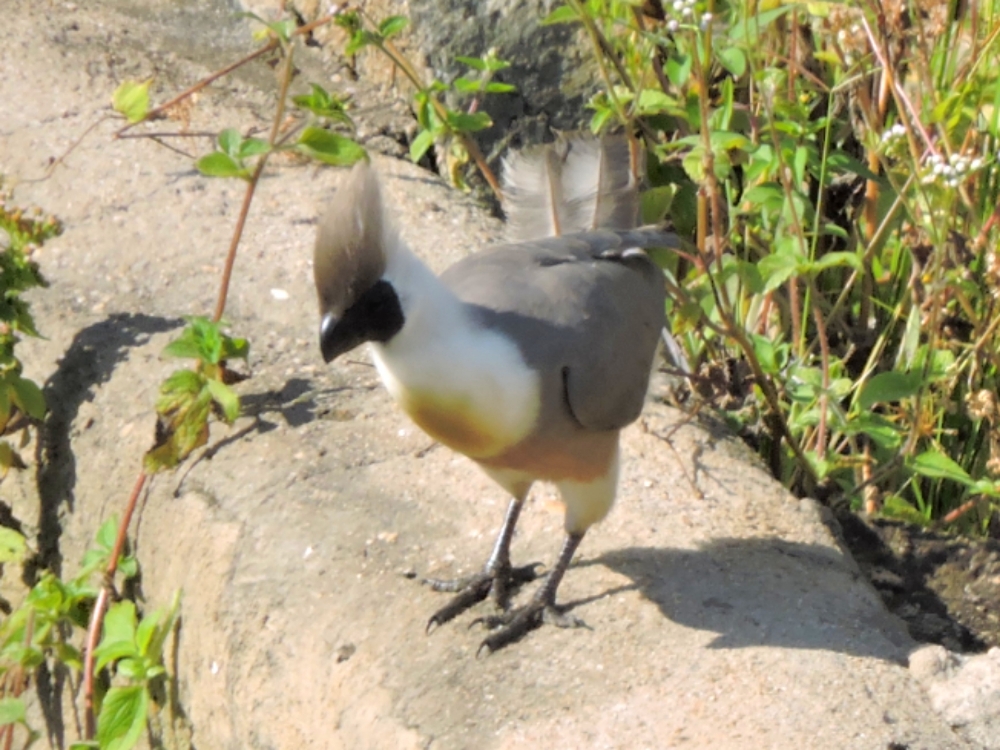
…and Eastern Plantain-Eater, which was enjoying a shower beneath a leaky water tank.
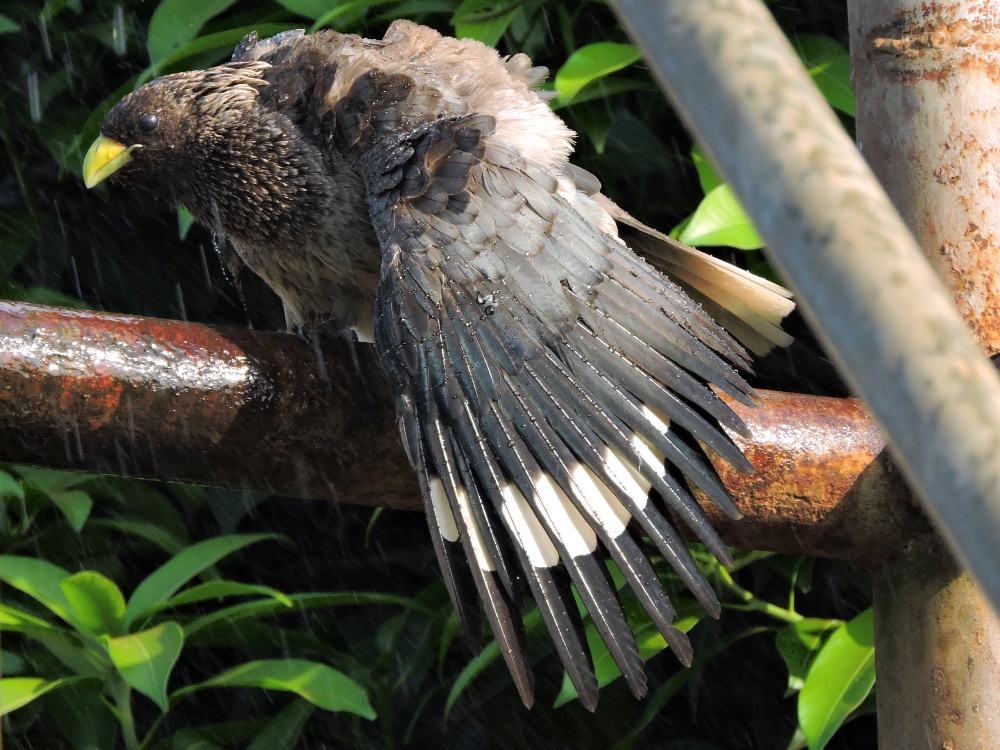
Three nice Lapwings were added from various parts of the country, Wattled Lapwing, Crowned Lapwing, and Long-Toed Lapwing.
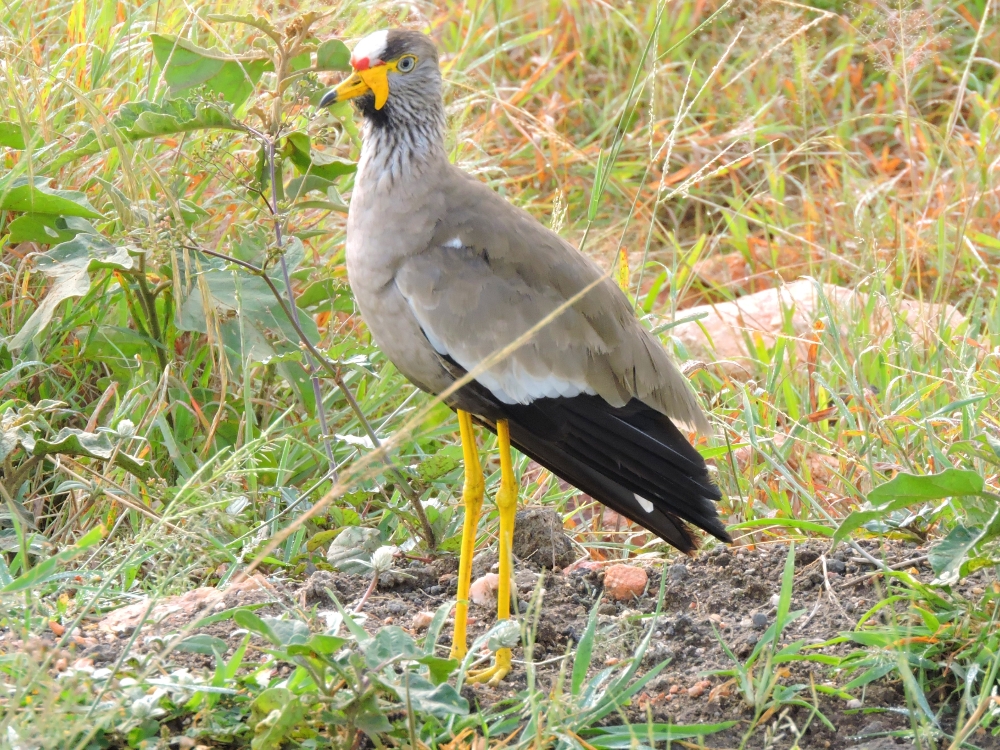
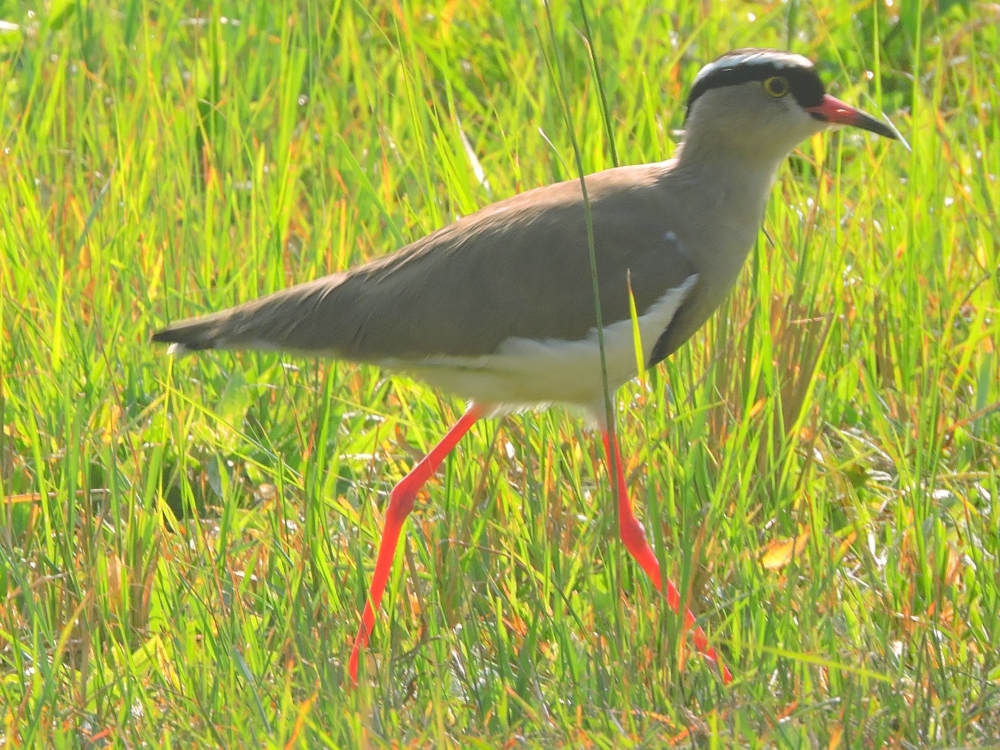
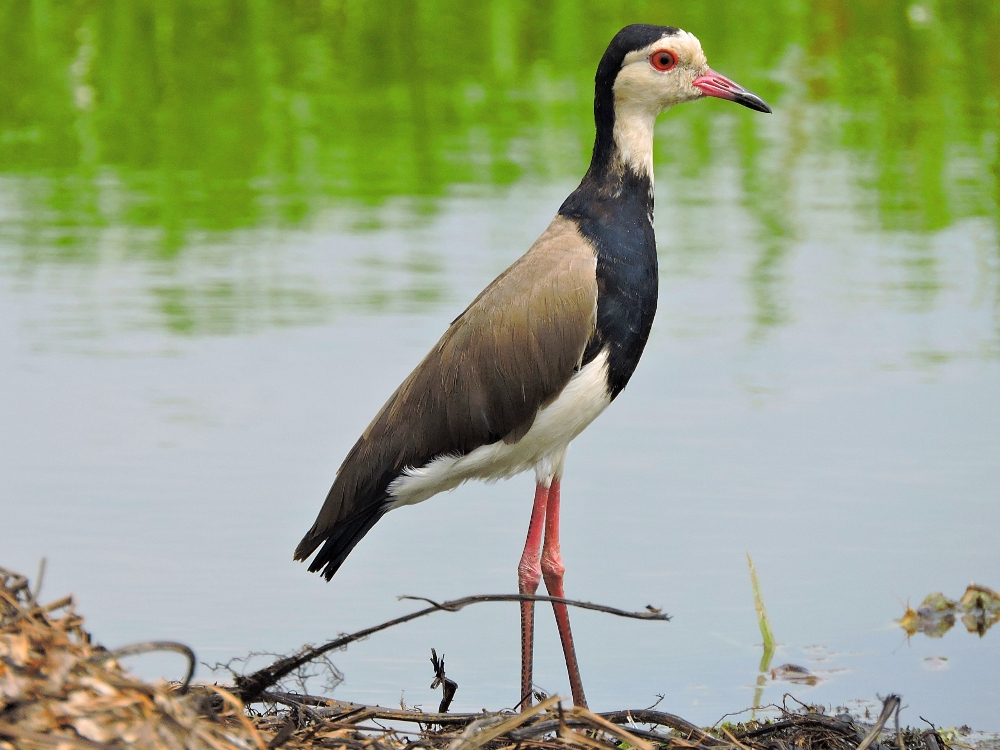
Similar in appearance, but from a different Family, was one of two Thick-Knees I added, Water Thick-Knee.
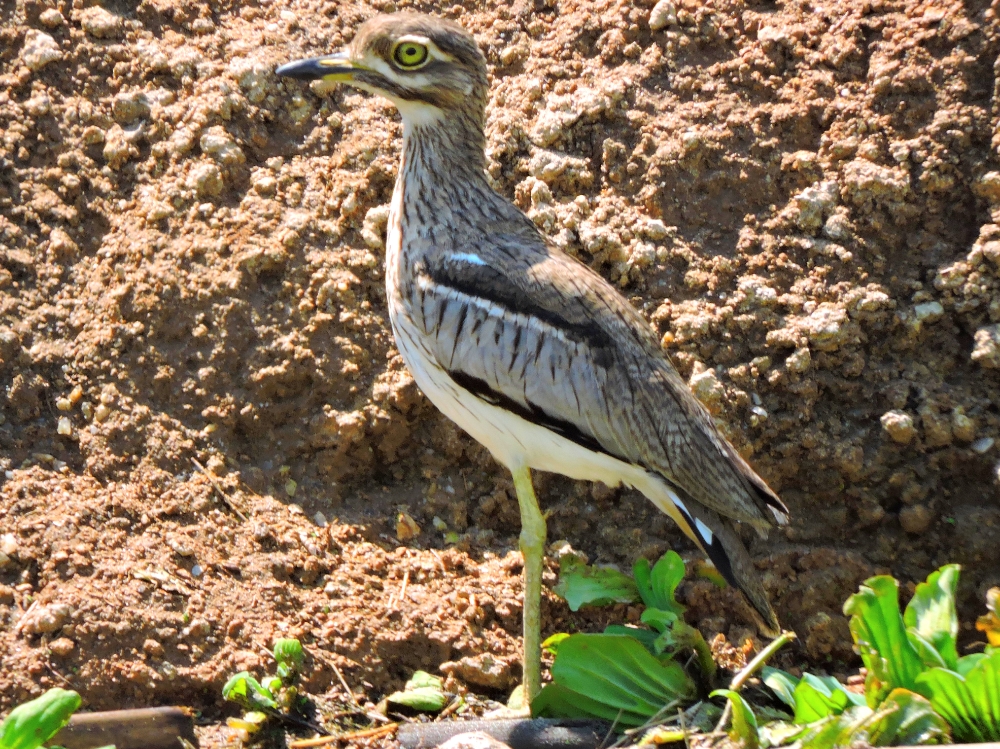
It is not often that I am able to add a new Duck to my list, so I was happy to see Yellow-Billed Duck at Mabamba Swamp.
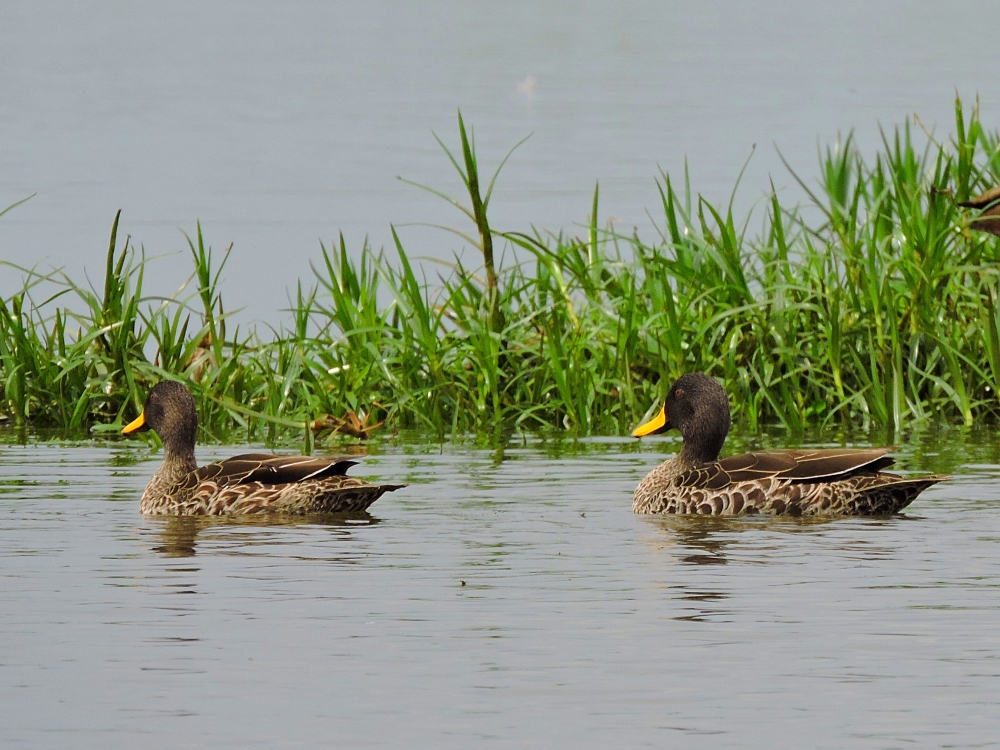
It has taken me decades, but now I have now seen two of the three Skimmer species by adding, African Skimmer.
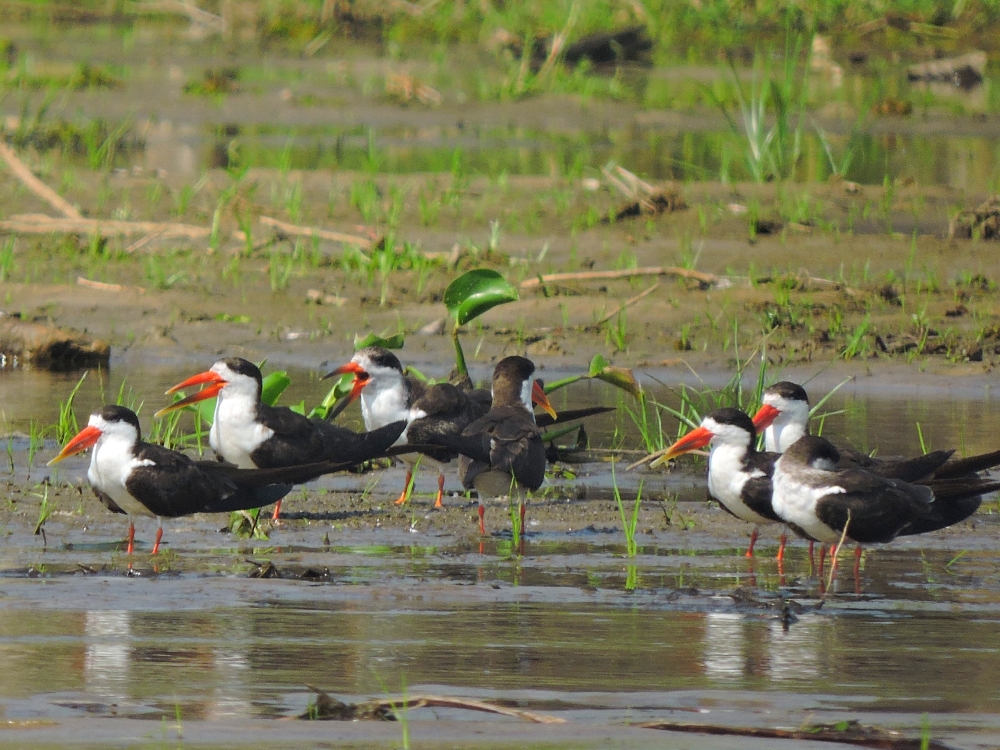
During my first Tour in East Africa, I observed a majority of the Hornbills that can be found in the region, so I was happy that the first of that Family I saw in Uganda was one that was new to me, Crowned Hornbill.
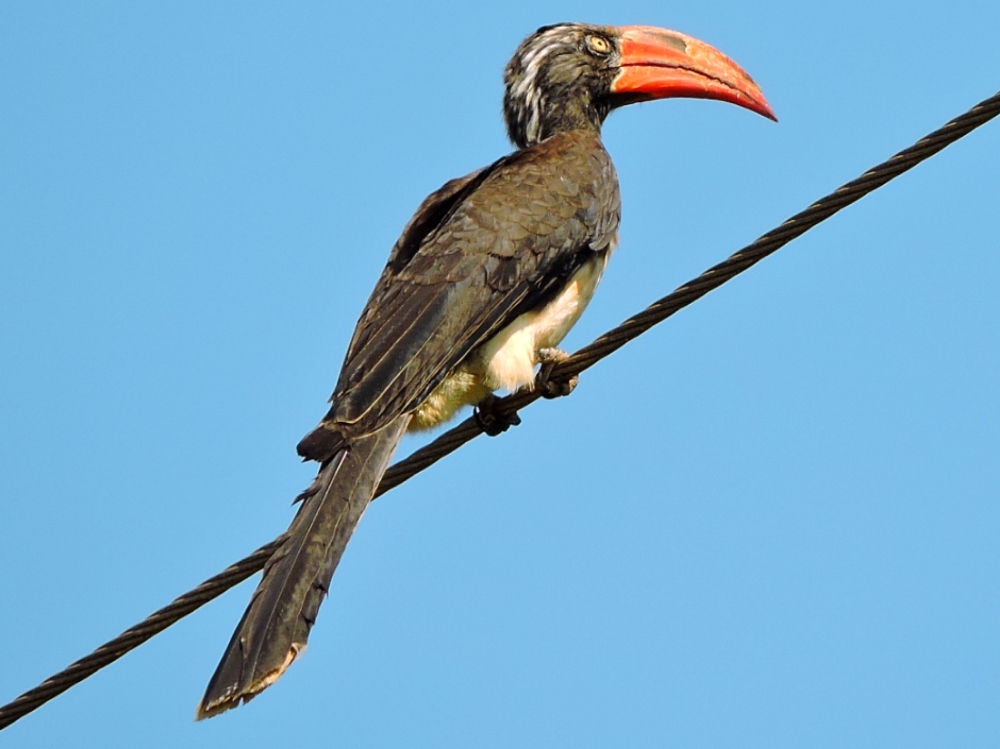
Shortly later, Black-and-White Casqued Hornbill was another fine addition.
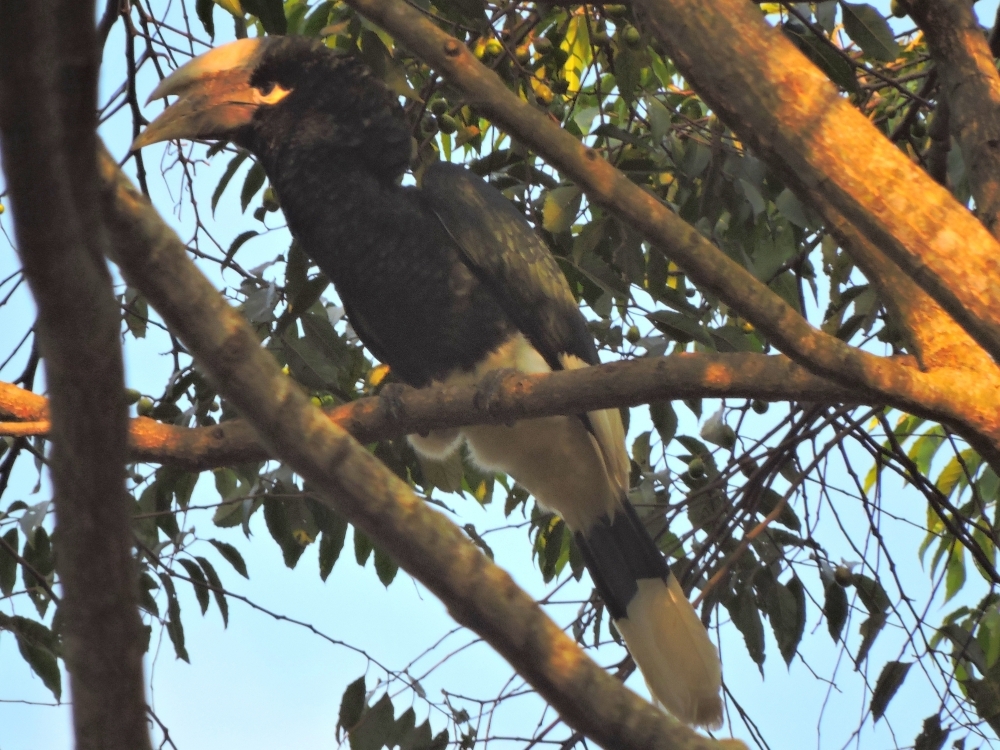
Red-Necked Francolin was a uncharacteristically easy sighting for that Family at Queen Elizabeth NP.
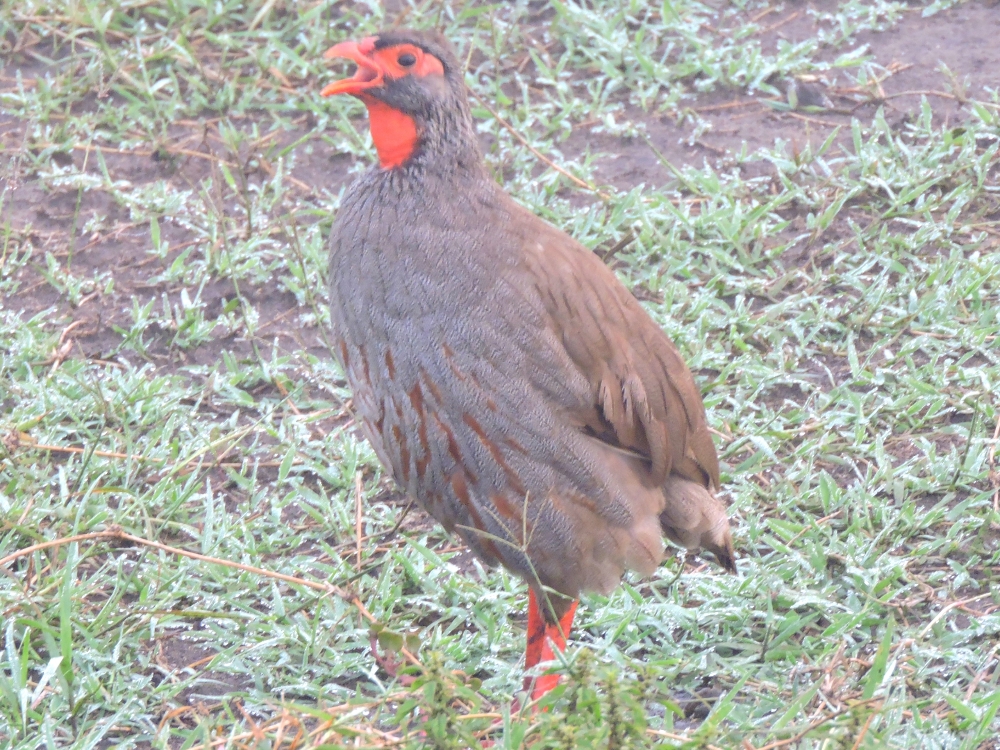
A nice selection of Raptors were also seen, including Gabar Goshawk, one of a handful of very similar species found in Africa…
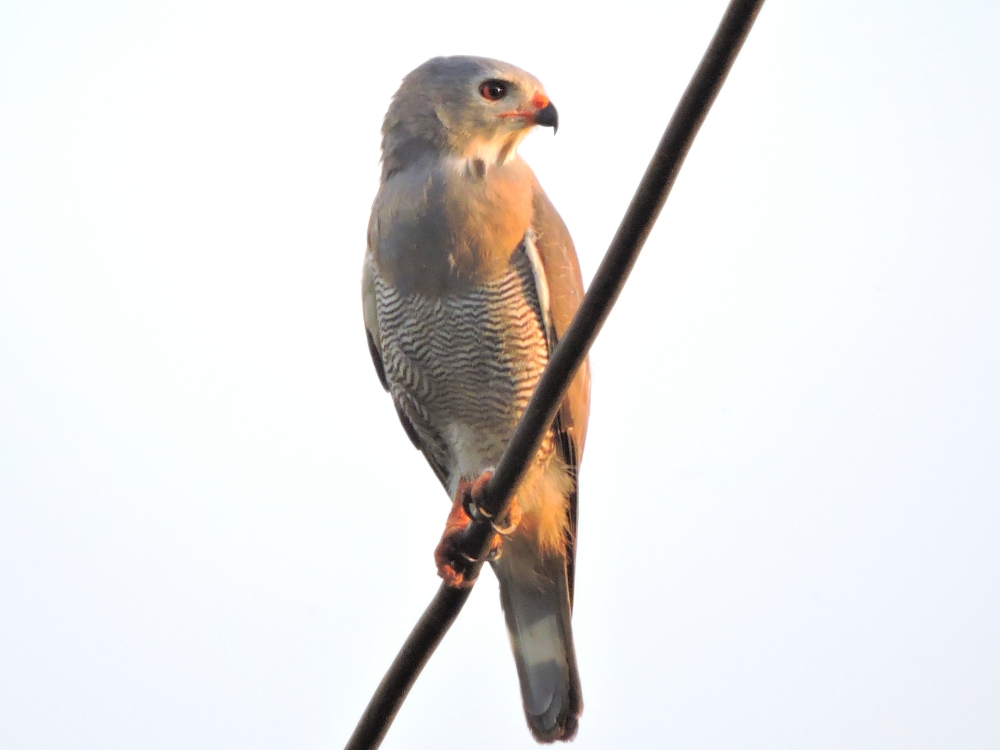
…and the majestic African Fish Eagle.
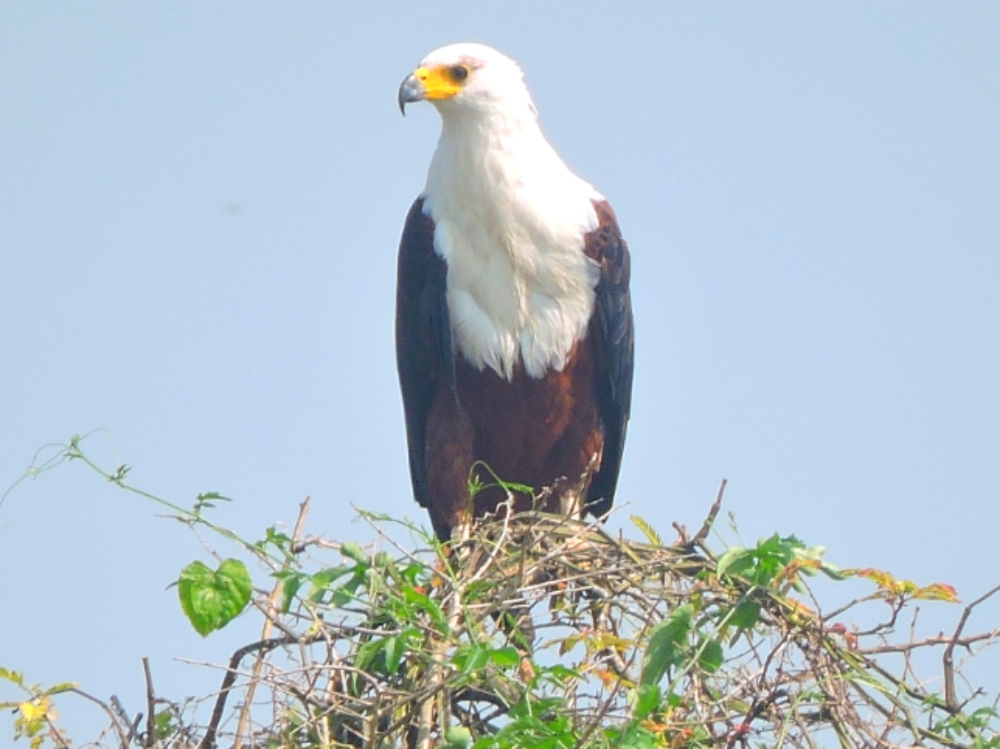
In a very pleasant surprise, I tallied two new Owl species, a group for which I have long been rather deficient in sightings. At twilight around the Broadbill Forest Camp at Bwindi NP multiple African Wood-Owl could be heard calling, and one individual was located with the aid of a torch.
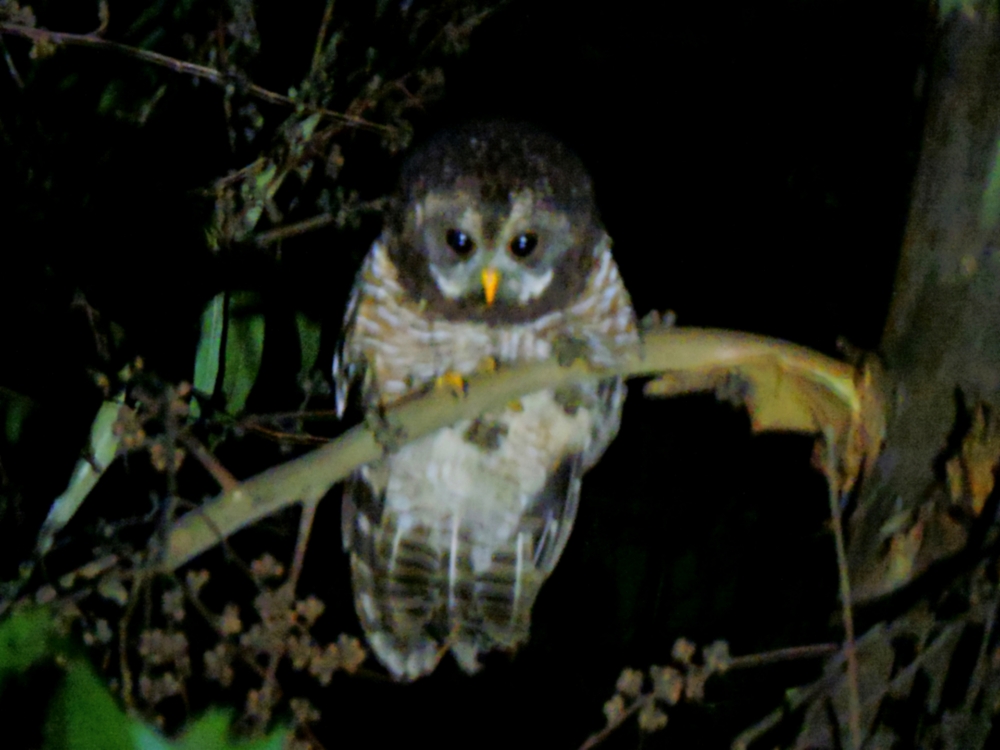
An easier observation was made in daylight in Queen Elizabeth NP, where an adult Verreaux’s Eagle-Owl, was watching over its chick in a nearby nest.
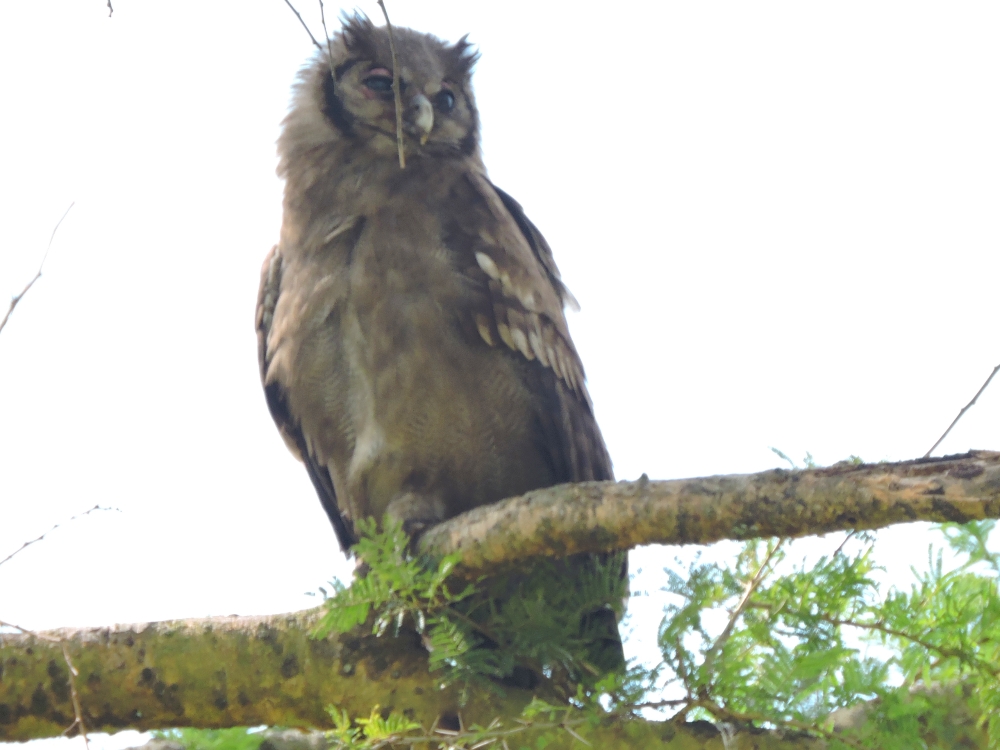
One of my most desired target species was finally seen at the end of a long walk in Bwindi, White-Headed Woodhoopoe.
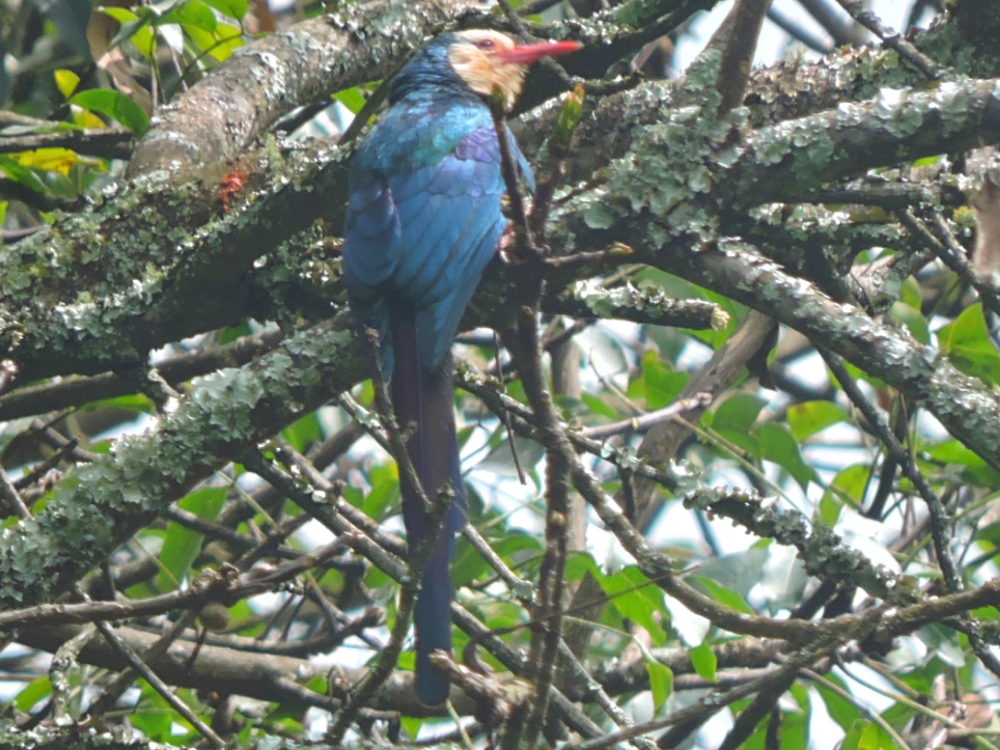
Observations of Flamingos are always special and I was definitely pleased to add my fourth species from that group, Lesser Flamingo.
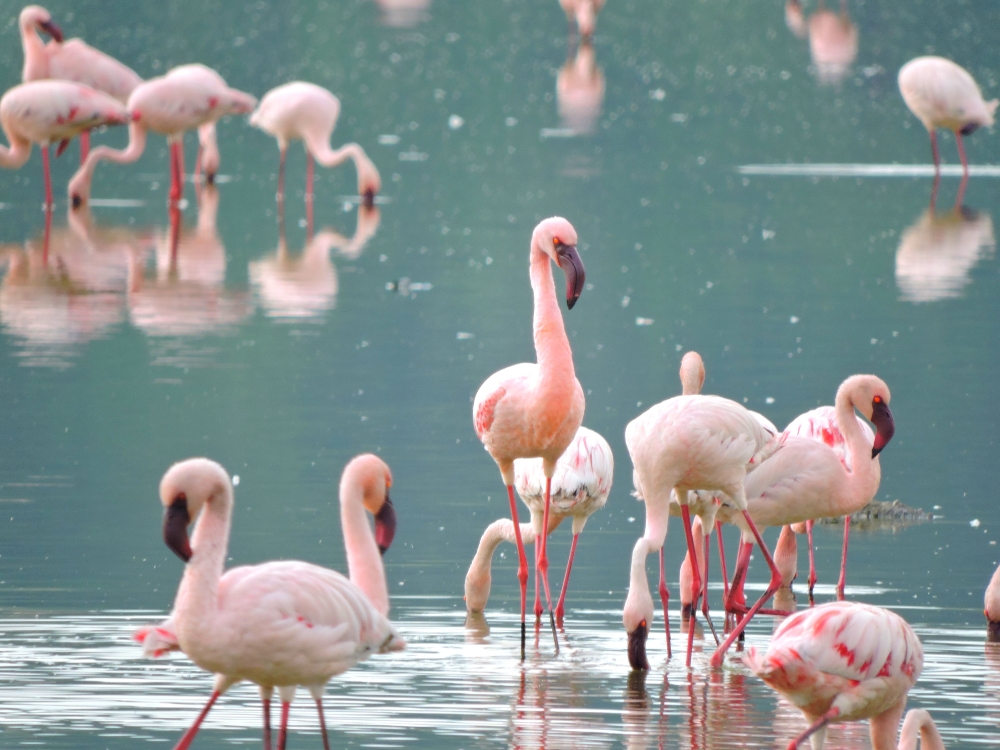
The final species presented here came near the end of my time in Uganda, at the Mabamba Swamp, where local residents take visitors on longboat tours through the wetlands and are very adept at locating their most famous resident bird, the unique and distinctive Shoebill.
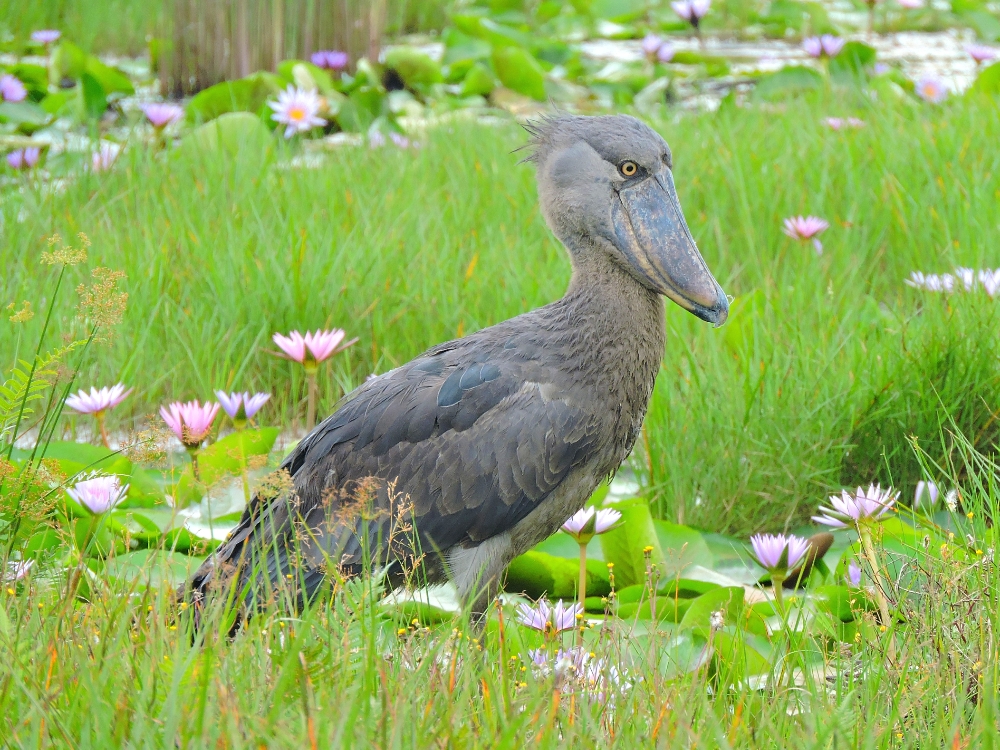
To say that I am satisfied with my results in Uganda would be a bit of an understatement. There were, as always, a few species that I had hoped for, but missed, though some of those could possibly be seen in the days ahead. Nevertheless, my tally of Life Birds seen in the country, one hundred thirty-seven species, was significantly better than I had expected, and that is best expressed by the fact that the country has moved into first place for the World2 Tour with regards to the number of new birds seen. What is truly astounding is that the previous holder of that title was none other than Brazil, a country whose land area is thirty-five times larger than Uganda’s, and here I surpassed the prior record by a significant margin. To put that another way, during a longer stay in Brazil I encountered new birds at a rate of 1.37 species per day, while in just six weeks in Uganda I hit an average of 3.3 species per day. To be fair, were it not for my lengthy stay in Brazil during my previous long Tour, I would have seen many more new species this time around. However, the same could also apply to Uganda, had I not likewise seen many regional species when I passed through Kenya, Tanzania, and Rwanda during that same earlier Tour. Clearly, Uganda is, for now, the clear champion. Thanks, Uganda, you have given my attempts to meet my birding goals a real shot-in-the-arm!
The remaining Life Birds seen in Uganda were:
Purple-Banded Sunbird, Scarlet-Chested Sunbird, Red-Chested Sunbird, Mariqua Sunbird , Northern Double-Collared Sunbird, Rwenzori Double-Collared Sunbird, Blue-Headed Sunbird, Green-Headed Sunbird, Regal Sunbird, Golden-Breasted Bunting, Cinnamon-Breasted Bunting, Fork-Tailed Drongo, Yellow-Bellied Eremomela, Cape Wagtail, Mountain Wagtail, Northern Puffback, African Yellow White-Eye, Brimstone Canary, Banded Martin, Black Sawwing, Wire-Tailed Swallow, Chinspot Batis, Lesser Swamp Warbler, Whistling Cisticola, Trilling Cisticola, Red-Faced Cisticola, Chubb’s Cisticola, Red-Backed Scrub-Robin, Black-Crowned Tchagra, Brown-Crowned Tchagra, Bush Petronia, Shelley’s Rufous Sparrow, Red-Headed Bluebill, Streaky Seedeater, Thick-Billed Seedeater, Mountain-Masked Apalis, Rwenzori Apalis, African Dusky Flycatcher, White-Eyed Slaty-Flycatcher, White-Tailed Blue Flycatcher, Dusky Crimsonwing, Red-Faced Crimsonwing, Crimson-Rumped Waxbill, Mackinnon’s Shrike, African Reed Warbler, Red-Faced Woodland Warbler, Flappet Lark, Rufous-Naped Lark, Red-Capped Lark, Papyrus Gonolek, Tropical Boubou, Sulfur-Breasted Bushshrike, Sooty Chat, African Stonechat, Black Bishop, Red-Billed Quelea, Chestnut-Crowned Sparrow-Weaver, Golden-Backed Weaver, Holub’s Golden-Weaver, Red-Headed Weaver, Marsh Widowbird, Fan-Tailed Widowbird, Black-Lored Babbler, Arrow-Marked Babbler, Brown Babbler, Gray Cuckooshrike, White-Browed Crombec, Slender Billed Greenbul, Mountain Greenbul, Yellow-Streaked Greenbul, Green-Backed Camaroptera, Intermediate Egret, Red-Chested Flufftail, Tullberg’s Woodpecker, Cardinal Woodpecker, Freckled Nightjar, Rwenzori Nightjar, Blue-Naped Mousebird, Senegal Thick-Knee, Little Stint, Three-Banded Plover, Kittlitz’s Plover, Crested Francolin, Yellow-Rumped Tinkerbird, Gray-Throated Barbet, Red-Faced Barbet, Striped Kingfisher, Black Crake, Gray Parrot, Sooty Falcon, Least Kestrel, Lappet-Faced Vulture, White-Headed Vulture, African Cuckoo-Hawk, Grasshopper Buzzard, Dark Chanting-Goshawk, and African Marsh-Harrier.